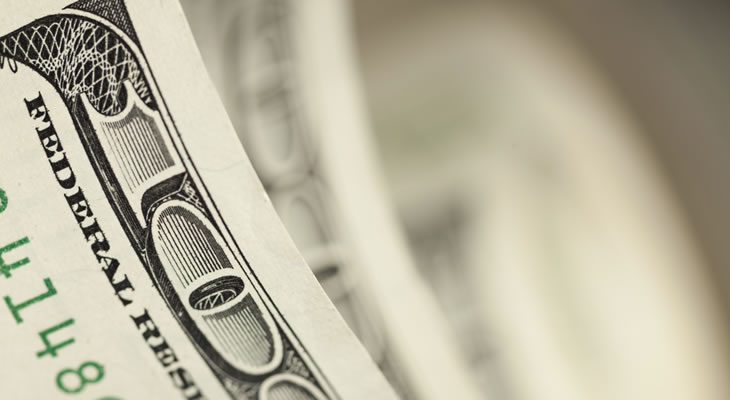As the second quarter UK gross domestic product failed to offer any surprises the Pound US Dollar exchange rate remained under pressure.
While growth picked up slightly to rise from 0.2% to 0.3% on the quarter this was not enough to ease concerns over the underlying health of the UK economy.
This modest improvement was primarily driven by the strengthening of the service sector, highlighting the continued vulnerability of both the manufacturing and construction sectors.
With Brexit-based uncertainty set to persist for some time to come the domestic economy could struggle to gain any particular momentum, especially if negotiations appear to be pointing towards an acrimonious divorce from the EU.
Even though the economy remains in a state of growth, however sluggish, the odds of the Bank of England (BoE) returning to a monetary tightening cycle in the near future are still slim.
As James Smith, economist at ING, noted:
‘For the Bank of England outlook, what matters most is that growth in the first half of this year is markedly slower than the pace seen last year. With signs of domestic inflationary pressures still limited, we think it is unlikely that the Bank will hike rates this year.’
Demand for the Pound is likely to remain biased to the downside ahead of next week’s BoE policy meeting, particularly if the signs point towards policymakers maintaining a generally dovish outlook.
Signs of Fed Caution Could Diminish US Dollar Appeal
Volatility is likely in store for the US Dollar, meanwhile, as markets await the results of July’s Federal Open Market Committee (FOMC) meeting.
Although the Fed is unlikely to make any particular alterations to monetary policy at this juncture investors are still keen to gauge the sentiment of policymakers.
The mixed nature of recent US data has undermined confidence that the central bank will deliver a third interest rate hike before the end of the year, limiting the appeal of the US Dollar.
If the meeting statement indicates that more policymakers are having doubts over the pace of monetary tightening, or offers a fresh caution on the relative weakness of inflationary pressure, this could boost the GBP USD exchange rate.
On the other hand, as long as the Fed continues to pave the way for the normalisation of the balance sheet any US Dollar weakness could prove somewhat limited.
Stronger showings from June’s durable goods orders and advance goods trade balance figures could equally bolster the ‘Greenback’, with signs of strength from the US economy likely to increase bets that the Fed will remain on a tightening bias.


Comments are closed.